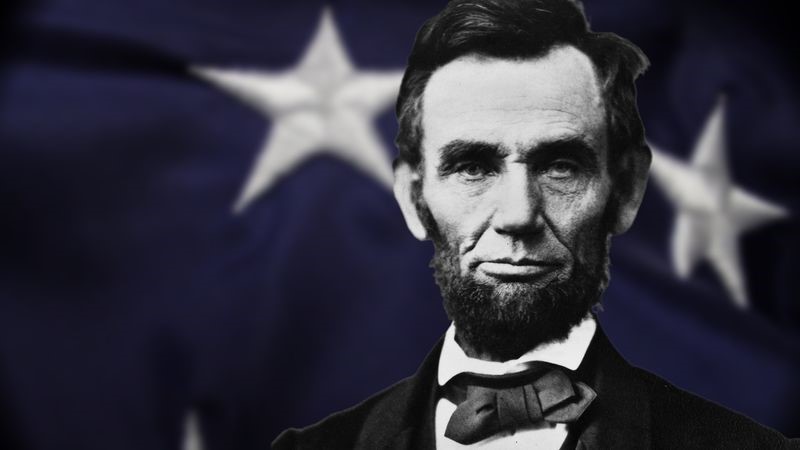Introduction History is full of extraordinary people whose tales have been told for centuries. However, myths frequently emerge as these tales are retold, reinterpreted, and embellished, which can skew our understanding of these individuals. Ten widespread myths about historical figures that have persisted over time are listed below.
1. One of the most well-known legends about the first president of the United States

That he confessed to cutting down a cherry tree when he was young and said, “I cannot tell a lie.” Parson Weems, Washington’s first biographer, concocted this story to demonstrate Washington’s sincerity. This event is unsupported by any historical evidence.
2. Napoleon Bonaparte’s Level

Napoleon Bonaparte is frequently depicted as being incredibly short, bringing about the expression “Napoleon complex” to portray diminutive people who are excessively forceful. In fact, Napoleon was average for his time at 5 feet 6 inches to 5 feet 7 inches tall. The legend probably emerged because of disarray among French and English estimation frameworks and the view of his minute height contrasted with his magnificent aspirations.
3. The myth that one of the greatest physicists of all time,

Albert Einstein, failed math in school is widely circulated. In fact, Einstein had a strong background in mathematics and science. Misunderstandings about Einstein’s struggles with the rote learning of non-scientific subjects or the grading systems in Switzerland, where he studied, could be the source of the confusion.
4. “Let Them Eat Cake”

By Marie Antoinette During the French Revolution, Marie Antoinette was the Queen of France. When she was told that the peasants didn’t have bread, she said, “Let them eat cake.” On the other hand, there is no proof that she ever said this. The statement probably started from Jean-Jacques Rousseau’s “Admissions,” composed a very long time before she was even sovereign.
5. The idea that Vikings

Wore helmets with horns is a common one, but it is not accurate. The idea that such helmets were worn by Viking warriors is not supported by any archaeological evidence. This myth is probably the result of romanticized depictions of the Vikings in opera and literature from the 19th century.
6. The story of Isaac

Newton formulating the theory of gravity after being struck on the head by an apple is a simplified version of what actually happened. While Newton considered gravity in the wake of noticing an apple fall, there is no record of the apple striking him. The tale probably developed to make the account of his revelation more engaging and important.
7. Cleopatra’s Beauty

The final Pharaoh of Ancient Egypt, Cleopatra, is frequently depicted as a stunning seductress. Notwithstanding, verifiable proof recommends that Cleopatra’s appeal was more because of her insight, political keenness, and appeal as opposed to her actual appearance. Contrary to later artistic depictions, her image on coins features a prominent nose and striking features.
8. Although Thomas Edison

Is frequently credited with inventing the light bulb, he was not the first to develop it, as is often assumed. Earlier versions were created by a number of inventors, including Humphry Davy and Joseph Swan. Edison’s true contribution consisted of improving the design and developing a system for the distribution of electrical power in addition to a practical, long-lasting bulb.
9. Nero Fiddled While Rome Burned

The expression “Nero fiddled while Rome burned” suggests that the Roman Emperor Nero played music in response to the Great Fire of Rome in 64 AD. But this is a fabrication; There was no such thing as fiddles at that point. Verifiable sources show that Nero was not in Rome when the fire began and really got back to assist with aid ventures.
10. Catherine the Incomparable and the Pony

Quite possibly of the most famous and misleading gossip about Catherine the Incomparable, Ruler of Russia, is that she passed on while endeavoring to participate in sexual relations with a pony. It is likely that her adversaries created this sinister legend with the intention of discrediting her. Truly, Catherine the Incomparable was a strong and powerful ruler who passed on from a stroke.
End
These fantasies, while frequently engaging, can cloud the real essence and accomplishments of verifiable figures. As we take a stab at a more exact comprehension of history, it’s essential to isolate truth from fiction and value these people for their genuine commitments and intricacies. By exposing these fantasies, we can acquire a more clear and more nuanced perspective on the past.



GIPHY App Key not set. Please check settings